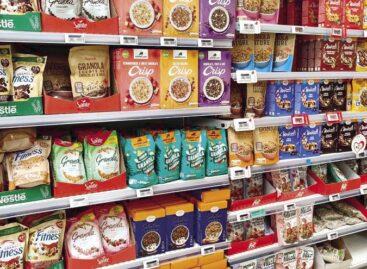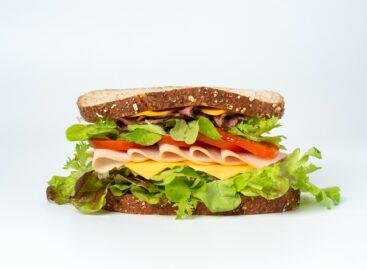Somewhere there is a flavour waiting for you!
According to analysts, the whisky category has been relatively stable in recent years – mainly owing to the performance of American and Irish whiskies – and is set to grow in 2022.
This article is available for reading in Trade magazin 2023/12-01
Consumption of blended Scotch whisky has slowed down, as consumers have become more interested in single malts. Reacting to the unimaginable whisky boom of recent years, new distillers are appearing around the world.
In a stable position

Attila Piri
marketing director
Heinemann
“In 2022 the domestic retail whisky market expanded by 4.7% in value, but there was a year-on-year decline in volume terms. In 2023 the market grew by 0.1% in value compared to the previous year, but declined by 9.6% in volume terms, reflecting the price increases in the category”, says Attila Piri, marketing director of Heinemann Testvérek Kft.
The company’s portfolio contains standard plus category whisky brands. The distribution of bourbon whiskey Jim Beam is exceptional: besides its extensive retail and HoReCa listings, it is also present in the Ecom channel in all alcohol webshops. Other US premium whiskey brands at Heinemann Testvérek Kft. are Maker’s Mark and Knob Creek.

Rita Hruska
marketing director
Pernod Ricard
“The domestic premium whisky segment is still larger in value than the premium vodka and gin segments combined. Year after year it produces stable single-digit growth, which has slowed down due to the double-digit inflation in the last period”, analyses Rita Hruska, marketing director of Pernod Ricard.
Pernod Ricard is present in all the major whisky segments with its broad portfolio. In the Scotch whisky category, the company is the second largest distributor with the Ballantines and Chivas brands. The portfolio also includes well-known brands such as Scottish single malts The Glenlivet and Aberlour, and Irish whiskey Jameson.
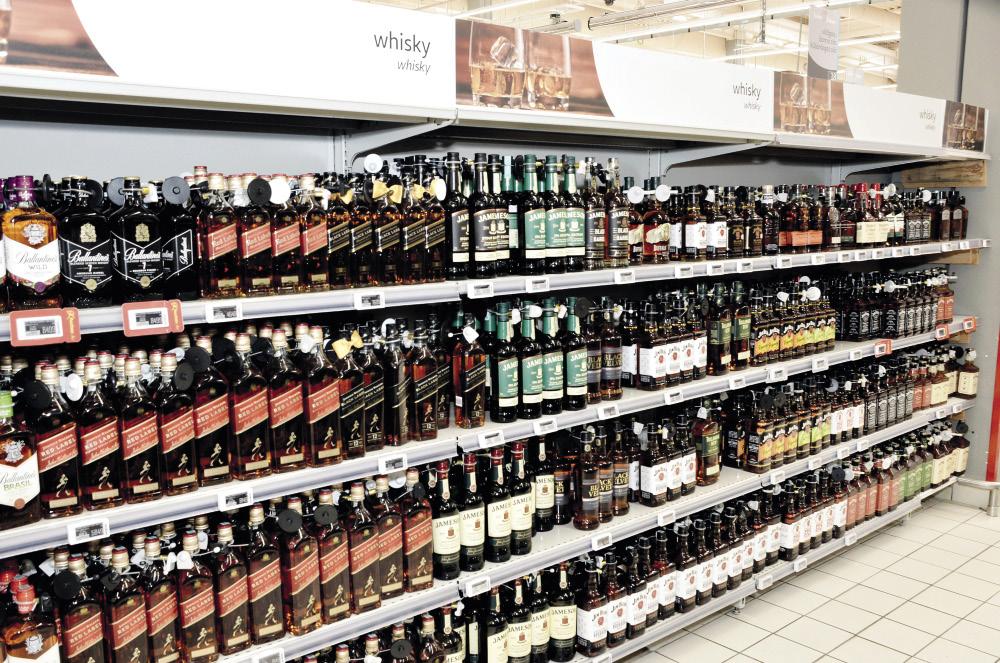
Whisky is predicted to perform in line with the strong mainstream brands in the drinks sector
Price matters in all categories

Dávid Gábor Kovács
marketing director
Zwack
“In the current economic environment, consumer decisions are influenced by price even more than last year. The number of promotional periods and the size of the promotion also have a big impact on volume. Fortunately we have adjusted the price of the basic Johnnie Walker variant to market demand, which has given us a market advantage”, informs Dávid Gábor Kovács, marketing director of Zwack. In the standard whisky segment impulse buying continues to be dominant. Consumer choices are also heavily influenced by brand awareness and taste.
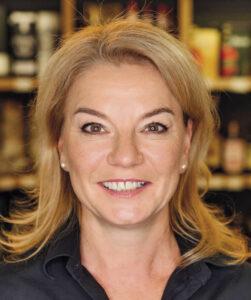
Katalin Szatmári
owner-MD
Whiskynet
“The premium and super-premium whiskies segment is growing year on year, although double-digit inflation has hit this category too. From this year there has been a more cautious buying pattern and a downtiering trend going on”, says Katalin Szatmári, owner and general manager of of WhiskyNet. The majority of WhiskyNet’s portfolio consists of premium whiskies, from classic single malts from Scotland – Arran, Glenfarclas, Glengoyne, Benriach, Glendronach – to the very trendy Japanese (Nikka, Mars) whiskies.
Flavouring = target group expansion
According to Attila Piri, experimenting with different maturation variations is still characteristic of the premium category, while the number of flavoured variations continues to grow in the standard range. With Jim Beam has the company played a pioneering role in bringing flavoured whiskies to the Hungarian market, e.g. Honey and Black Cherry in 2007-2008, Jim Beam Apple in the mid-2010s.
Rita Hruska told our magazine that the flavoured whisky category accounts for 10% of the total market, and following a strong double-digit growth a few years ago, it has slowed down by now. This year her company successfully launched the wild cherry flavoured Ballantine’s Wild This. The segment continues to be exciting for the young adult target group, serving as an entry point into the world of whisky.
Dávid Gábor Kovács talked to Trade magazin about whisky still being a typically masculine drink in the public consciousness. Johnnie Walker has decided to change this perception and prove that whisky can be consumed in cocktails, as long drinks or with food, by this creating consumption opportunities for women. The promotion of these consumption methods is possible by activating the HoReCa segment and tasting sessions through event sponsorship.
Katalin Szatmári explained that due to the legally regulated production technology in many countries, whisky isn’t a flavoured spirit, so producers can achieve a broader flavour profile by using casks, which means that in recent years it has become common to use other types of casks in addition to the traditional bourbon and sherry cask maturation, which gives whisky a new flavour, e.g. by using wine, port, rum or tequila barrels. //
230,000 litres less whisky
Between September 2022 and August 2023, 2 million litres of whisky – in the value of more than HUF 20bn – landed in the baskets of Hungarian consumers.


Guest writer:
Katalin Séra
senior analyst
NIQ
In terms of value sales remained unchanged from the previous period, but the NIQ retail index recorded a 10% drop in volume sales. The average price of a litre of whisky is now HUF 9,500. Branded whiskies cost an average of HUF 10,700/litre and accounted for 87% of value sales, while sales dropped 11% in volume.
By contrast, value sales of private labels, which cost on average HUF 5,500/litre, increased by 1%, while their volume decline was more moderate at 6%. Scotch whisky owns 43% of the market, and the second most popular variety is bourbon, which now has two fifths of the market. Canadian whiskies grew in both value and volume terms (33% and 20%, respectively), but only accounted for 3% of sales. A look at bottle sizes reveals that 0.7-0.99 litre whisky is the most popular. //
Finishing
Premiumisation is accompanied by a strengthening trend towards finishing, which contributes to the special character and distinctiveness of drinks. This means that the aging of a drink is finished in a barrel in which another type of drink was previously aged. Finishing has been practiced since the late 1980s, but it really gained popularity in the 2000s. Spirits are finished in wine and sherry casks, and they do same with beers in spirit barrels – there are many ways to “cross-pollinate”.
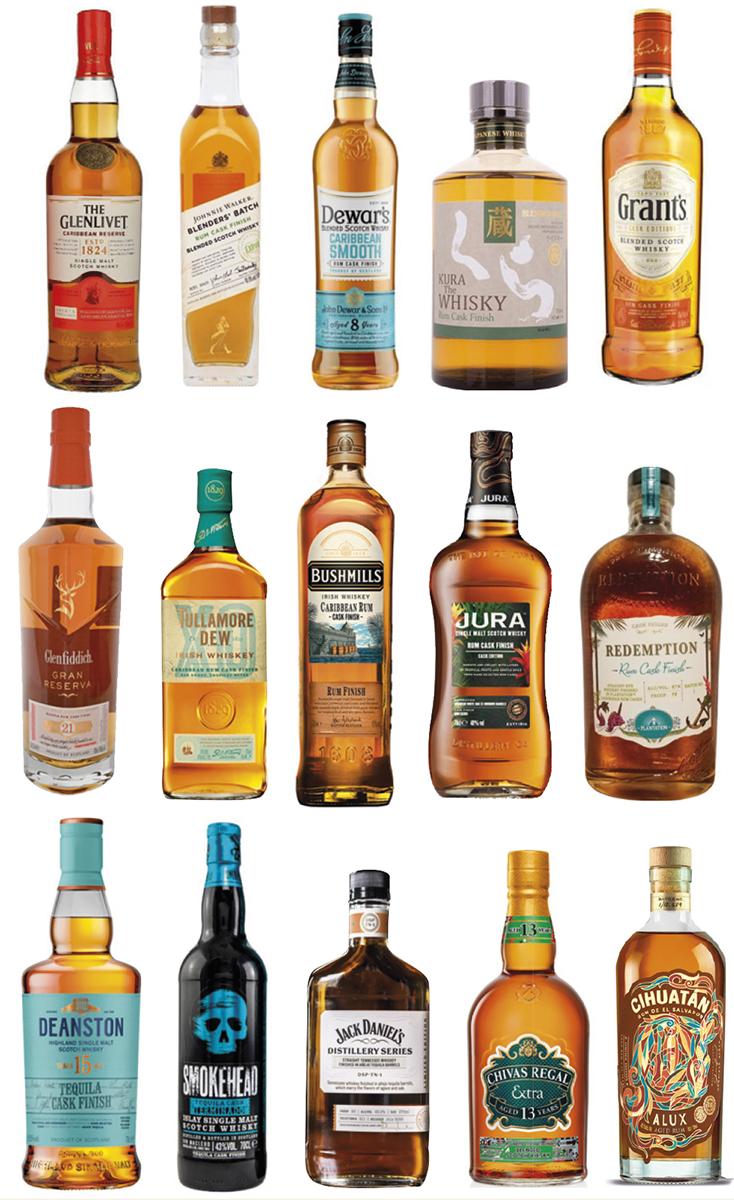
Related news
Featherweights in the ring
Following a difficult year, most food categories can look forward…
Read more >Plant-based foods are taking over
Both manufacturers and distributors in the plant-based segment are trying…
Read more >Gluten-free – new flavours, new possibilities
The once limited choice of gluten-free products has now expanded…
Read more >Related news
BH AgrárTrend Index: the outlook for the Hungarian food industry has stabilized
The assessment of the situation of the actors of the…
Read more >GVH: The postponement of certain amendments to the Competition Act is justified
The Economic Competition Authority (GVH) agrees with the postponement of…
Read more >We mostly stock up on sandwich ingredients
Baked goods, cold meats, ham, salami and some kind of…
Read more >

